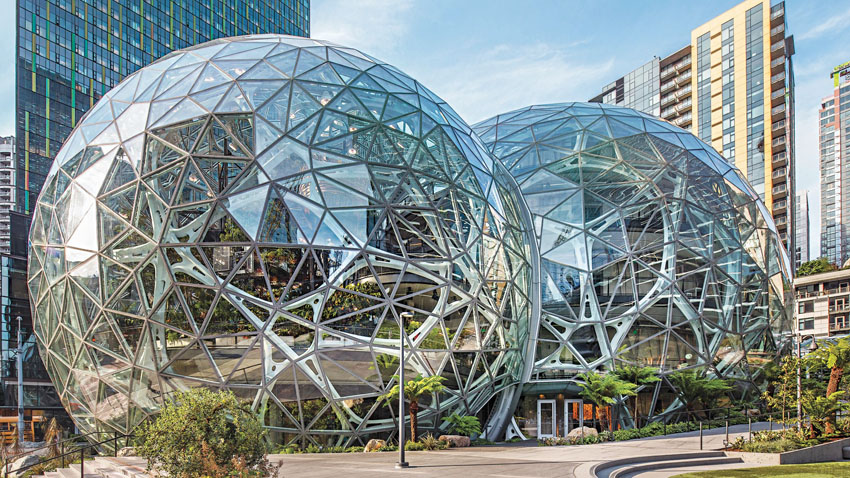Smart Building Facade
The term “smart building facade” is not synonymous with “intelligent control.” The concept
focuses on construction-related adaptability Smart Film Thailand. The industry has identified various criteria for
defining intelligent facades, including autonomous adaptation and flexible and adaptive systems.
This article will introduce the key terms in the context of smart building facades. To understand
what is meant by the term “smart facade,” it is helpful to think about the different types of
façades.

As the term “smart building facade” suggests, intelligent facade systems are based on the multi-
functionality of the façade. These systems can map learning behaviours and react to user
requirements based on previously anticipated rules. However, the challenge of building facades
with multiple functions is that individual adaptive features are often not sufficient to achieve
multifunctionality ฟิ ล ม์ กรอง แสง บ้าน. Therefore, it is necessary to coordinate the various adaptive features. These
components are interdependent.
A smart building facade is an excellent way to achieve several sustainable objectives. It reduces
energy costs by minimizing the amount of energy required for cooling. It can be made from a
wide variety of materials, such as glass and aluminium. In addition to this, it can be customized
to fit the requirements of a building. It can also be adapted to suit specific external weather
conditions. This way, the building facade can respond to external conditions as well as the use of
its interior space.
A major barrier to the adoption of a smart building facade is trust and acceptance. Some
occupants find it uncomfortable to use a device that controls their exterior environment. Another
obstacle is the complexity of intelligent façade control and adaptive facade solutions. Each
solution must be customized to meet specific characteristics and conditions in the area. This is
why smart building facade systems are currently not widely available. You can learn more about
the latest developments in this technology by following the links below.

Building facades are a vital component in a sustainable building. By integrating intelligent
systems into a smart building, the facade can adapt to changing environmental conditions and
transform at the same time. Its components can be passive or active, depending on their needs.
They can be designed to protect against solar radiation, maximize natural light, regulate
ventilation and heat input and control. By integrating these systems, smart buildings can reduce
energy costs, improve comfort, and even help save the environment.
Another smart building facade is the operable building facade, which functions as a building skin.
The system consists of ganged discs, which are controlled by a computer system. They can be
designed to align the cells to collect the most energy. The system also has the capacity to
integrate solar panels into buildings in the future. This is a promising innovation, and we’ll be
seeing it in action in the near future. When implemented correctly, smart buildings can help
reduce greenhouse gases and increase energy efficiency.
Another example of an intelligent building facade is the Allianz Arena, which is one of the largest
membrane structures in the world. This structure features a facade composed of ETFE cushion
panels that help achieve its form and flexibility. The structure rests on a concrete base and
supports the facade with a cantilevered steel frame and stringers. Its façade is backlit with
changing LED lights. Whether the building is used to host a concert, a sports team, or an office
building, smart glazing is one way to increase the efficiency of a building.

